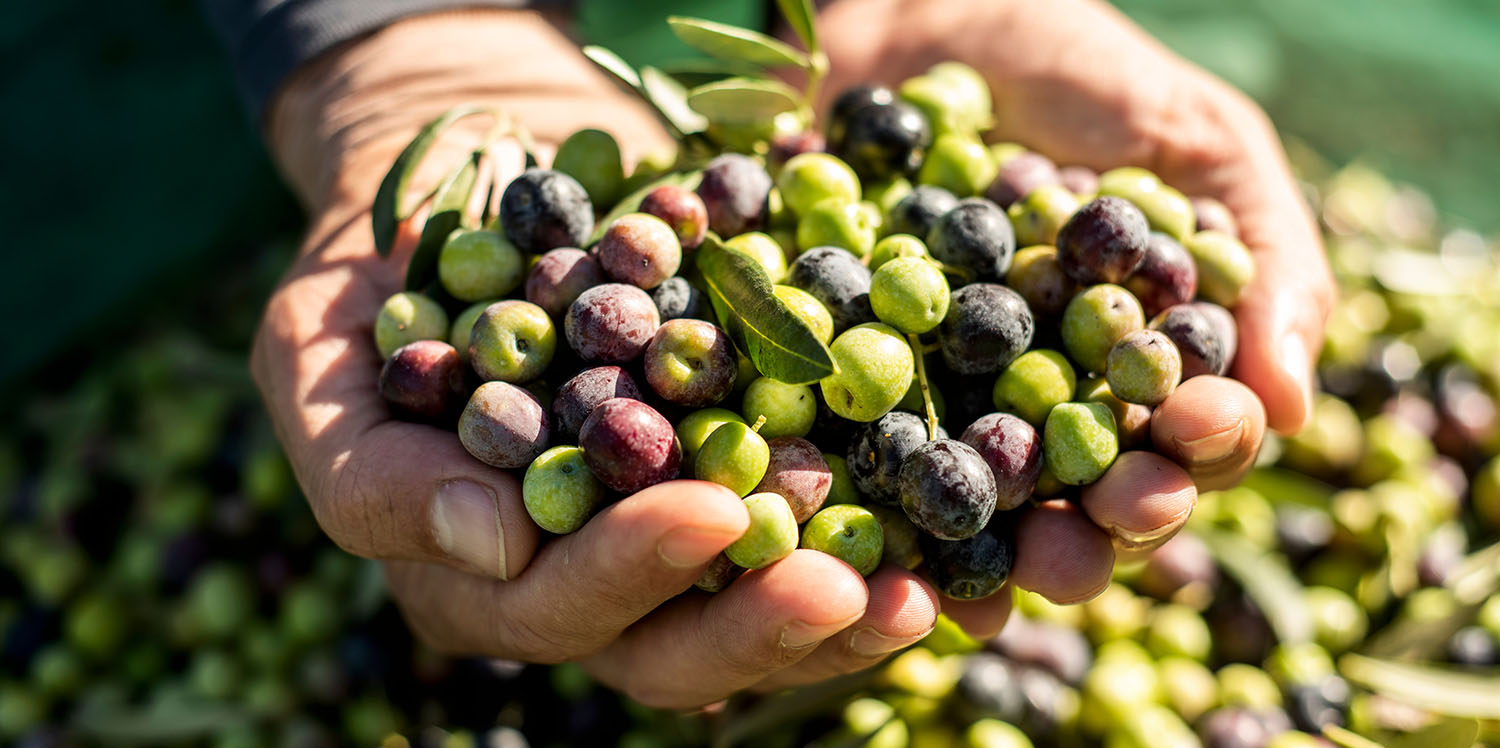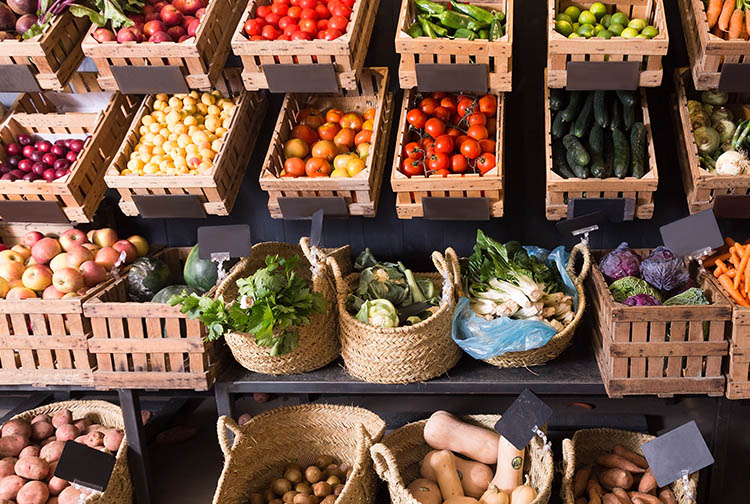

Which Catalan products are taking on the world?
Our hyperconnection goes far beyond the digital realm. Today we have at our fingertips almost any food or drink from around the world, and the same is true for Catalan products, which are exported to over 190 countries. Which are the most outstanding?
In the past, a dish “à la catalane” outside Catalonia meant that the meal had a garnish of aubergine and rice. Although many dictionaries, such as the Oxford Dictionary, maintain this definition, nowadays, there is “another perception of what it means to eat or drink ‘à la catalane'”, as 11Onze agent Lels Granados points out.
Our food and drink can be enjoyed in around 200 countries, with a special emphasis on the European market, although Granados warns that “destinations such as China, Saudi Arabia, the African market and Southeast Asia are becoming increasingly attractive” for our companies. What’s more, Catalan chefs are making a name for “pa amb tomàquet” all over the world.
Drinking well to live better
Catalan wines and cavas have carved out a niche for themselves in many international markets, both on the shelves of shops and on the menus of the best restaurants. In fact, Catalonia is the area of Spain with the highest export volume. In total, around 300 Catalan companies market these alcoholic beverages all over the world.
The case of cava, which is an indigenous Catalan product, is particularly striking because of its international presence. Despite the pandemic, 151 million bottles of cava were sold abroad in 2020, more than two thirds of production.
Liquid gold
Another basic product of our gastronomy that is highly appreciated abroad is virgin olive oil, which is a fundamental element of the Mediterranean diet and of sauces in Catalan recipes, such as aioli, “romesco” and “picada”.
“More and more foreign consumers are becoming aware of its nutritional benefits and its ability to improve any recipe,” says Lels Granados. In fact, in 2021, sales increased by more than 15%.
Wide variety of cheeses, desserts and sweets
In Catalonia, there are also around 250 varieties of cheese. The 11Onze agent explains that the mountainous areas of Cadí and Alt Pirineu and the regions of Bages and Vallès are “the cradle of the best cheeses”. And he gives the example of the cheese made in Alt Urgell with Friesian cow’s milk, which is the only one with a designation of origin in Catalonia.
Other varieties highlighted by Lels Granados are the one made in La Garrotxa with goat’s milk, which was recovered in 1982; serrat, a cheese made in the Pyrenees with raw sheep’s milk; and the well-known mató, an icon of Catalan cuisine that is recorded as far back as the 14th century.
The flavour of some of our desserts takes us “back to other times when our grandmothers spent hours in the kitchen to turn recipes into prodigious flavours”, as the 11Onze agent explains, detailing examples such as “torró” from Agramunt, “xuixos” from Girona, “catànies” from Vilafranca del Penedés, “panellets” or the famous “crema catalana”.
Leave a Reply
You must be logged in to post a comment.







Gràcies
Gràcies a tu, Joan, per ser-hi i per seguir-nos!!!
Quina bona notícia, doncs caldrà cuidar aquest sector per a que continui així🙂
Doncs sí, totalment d’acord, i moltes gràcies pel teu comentari, Jordi!
Realment tenim un ventall de productes gourmet a casa nostra😉.
Motiu pel qual s’han de fer polítiques pensant en el món rural, es a dir la pagesia, pastura,… I d’aquesta manera indirectament tb estarem mantenint els nostres boscos, q falta fa.
Molt cert, Manel, a Catalunya tenim de tot i força pel que fa a productes gastronòmics, potser només els hauríem de saber gestionar millor. Moltes gràcies pel teu comentari!!!